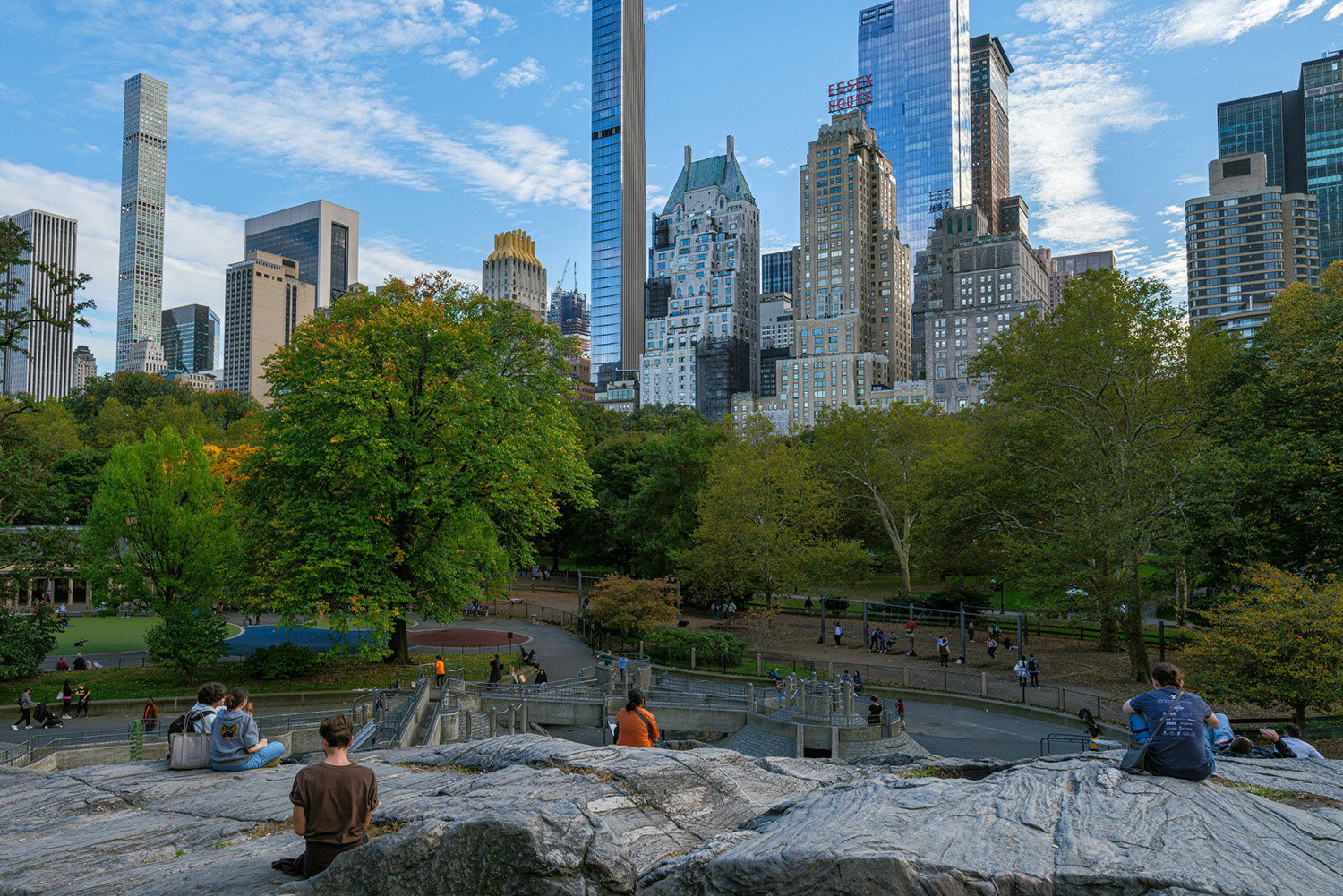
Urban areas are dynamic environments where people from diverse backgrounds come together to live, work, and play. In these densely populated regions, parks and recreation spaces play a crucial role in enhancing the quality of life for residents. Beyond offering a break from the hustle and bustle of city life, these spaces contribute significantly to community building, public health, and social cohesion.
The Impact of Parks and Recreation on Urban Communities
- Promoting Physical and Mental Health Parks and recreational facilities are essential for promoting physical activity, which is key to combating urban health issues like obesity and stress. Whether it’s a morning jog, a yoga class, or a game of basketball, these spaces offer urban dwellers a much-needed outlet for exercise and relaxation. Additionally, the mental health benefits of spending time in green spaces, such as reduced anxiety and improved mood, cannot be overstated.
- Creating Social Connections Parks and recreation centers serve as community hubs where people can gather, interact, and build relationships. Organized sports, community events, and playgrounds provide opportunities for socialization, helping to break down barriers and foster a sense of belonging. In cities, where social isolation can be common, these interactions are vital for maintaining a connected and supportive community.
- Improving Environmental Quality Urban parks contribute to the environmental health of a city by filtering air, absorbing rainwater, and providing habitats for wildlife. They mitigate the effects of urbanization, such as pollution and the heat island effect, making cities more livable. These green spaces also enhance the aesthetic appeal of urban areas, creating pleasant environments that attract residents and visitors alike.
- Boosting Economic Vitality Well-maintained parks and recreation centers can drive economic growth by increasing property values, attracting tourists, and encouraging local businesses. Communities that invest in their recreational infrastructure often see a return on investment through increased civic pride and enhanced quality of life.
The Role of Recreation Software in Enhancing Community Spaces
As urban populations grow, the management of parks and recreation facilities becomes increasingly complex. Recreation software is an important tool that helps cities and community organizations manage these spaces efficiently and effectively. While the focus of parks and recreation is on providing public benefits, the behind-the-scenes operations are crucial for ensuring these spaces meet the needs of the community.
Streamlining Operations Recreation management software helps streamline various administrative tasks, such as scheduling events, managing registrations, and coordinating maintenance. This allows parks and recreation departments to operate more smoothly, ensuring that community programs are well-organized and accessible to everyone.
Enhancing Community Engagement Modern recreation software often includes features that make it easier for residents to engage with their local parks and programs. Online registration, event calendars, and communication tools allow for better accessibility and transparency, encouraging more community involvement and participation.
Supporting Data-Driven Decisions By providing insights through data collection and analysis, recreation software helps decision-makers understand how facilities are being used and where improvements can be made. This data-driven approach enables better resource allocation, ensuring that parks and programs continue to meet the evolving needs of the urban population.
Parks and recreation centers are vital to the health and vibrancy of urban communities. They provide spaces for physical activity, social interaction, and environmental preservation, all of which contribute to stronger, more resilient communities. While the visible benefits of these spaces are well-known, the effective management of parks and recreation through the use of technology, such as recreation software, plays a less visible but equally important role. By streamlining operations and enhancing community engagement, these tools help ensure that parks and recreation centers continue to serve as the heart of urban communities for years to come.


